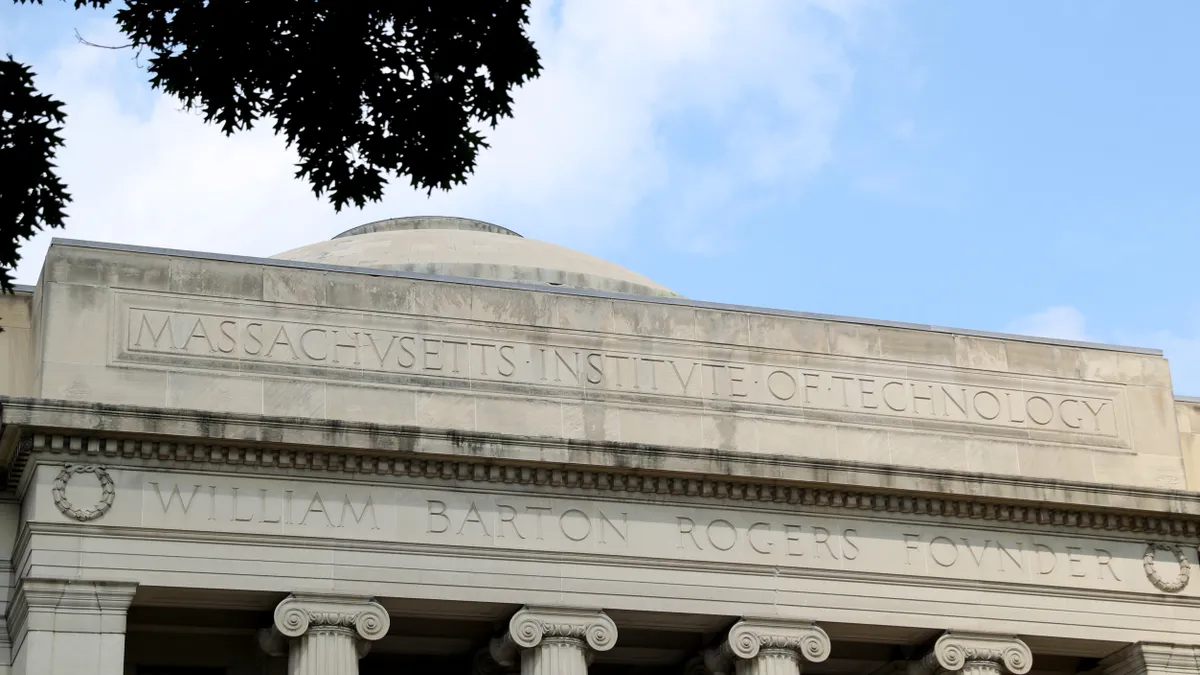Dive Brief:
- Restoring Pell Grant access to people in state prisons could stand to help some 463,000 individuals enroll in postsecondary education, boost their job prospects and reduce their chance of recidivism, according to a new report by the Vera Institute of Justice and the Georgetown University Center on Poverty and Inequality.
- Almost two-thirds (64%) of incarcerated adults have a high school credential and even more (84%) want to enroll in a postsecondary educational program. Yet only 9% complete either a certificate or an associate degree while incarcerated. This low rate "does not appear to arise from disinterest," but rather a lack of financial means, the researchers note.
- Researchers estimate the change could save states a combined $365.8 million annually on incarceration costs if half the Pell-eligible prison population participated in postsecondary education. If all eligible prisoners received an award, it would raise costs by less than 10% for the Pell Grant program, which doled out $26.9 billion in awards for the 2016-17 academic year.
Dive Insight:
Prisoners lost their access to Pell Grants in 1994, when President Bill Clinton passed an omnibus bill that ushered in a wave of tough-on-crime policies. Although that ban still stands, the Obama administration approved a pilot program in 2015 that restores some prisoners' access to the grants.
The program, called Second Chance Pell, provides federal financial aid for up to 12,000 prisoners to enroll in programs across 65 participating colleges. In all, the colleges offer a combined 24 bachelor's degrees, 69 associate degrees and 82 certificates.
Some of these programs are helping meet local workforce needs. Connecticut's Asnuntuck Community College, for instance, offers inmates either an associate degree or a certificate in manufacturing, an in-demand field in the state. Likewise, the Milwaukee Area Technical College is helping create a steady pipeline of workers for Wisconsin's growing manufacturing industry by certifying inmates in the field.
Some partner programs go beyond technical fields. In New Jersey, inmates can earn a bachelor of arts in criminal justice through Rutgers University. The program was created specifically for the incarcerated population to find jobs in areas such as research and policy.
Education can be a critical component in reducing recidivism rates. A 2014 Rand Corporation report found that inmates who participated in education programs while in prison were nearly half (43%) as likely to be reincarcerated than those who didn't.
Research has not yet determined what type of education provides the most value to incarcerated populations. Some argue vocational training can help prisoners get trade jobs upon their release, while others contend liberal arts programs help them thrive in an ever-evolving job market, The Marshall Project reported.
The Ed Department is studying the results of the Second Chance pilot, which could help inform the Trump administration's stance on fully reinstating prisoner access to Pell Grants, Inside Higher Ed reported.
Vera Institute leaders say the time is ripe for criminal justice reform, especially as recent developments have signaled a repeal could get bipartisan backing.
In December, President Donald Trump signed the First Step Act, which will allow the early release of thousands of federal prisoners and will cut the length of future stays. In addition, Education Secretary Betsy DeVos has called restoring Pell access for prisoners "a very good and interesting possibility."
Even so, other signs suggest prisoners may remain banned from receiving federal student aid.
Sen. Lamar Alexander, R-Tenn., said he'd consider reinstating inmates' access to Pell under the next Higher Education Act, but opinions are mixed on whether that legislation could survive a divided Congress. Moreover, Sen. Brian Schatz, D-Hawaii, introduced a bill in February that would have restored prison Pell access, but it failed to gain support among Republicans.














